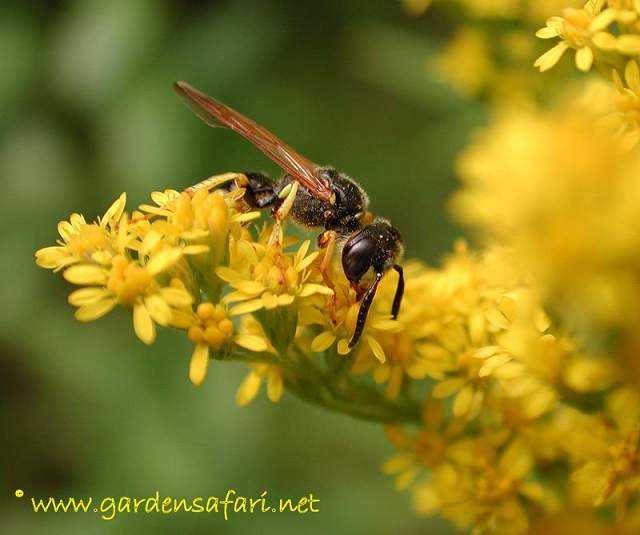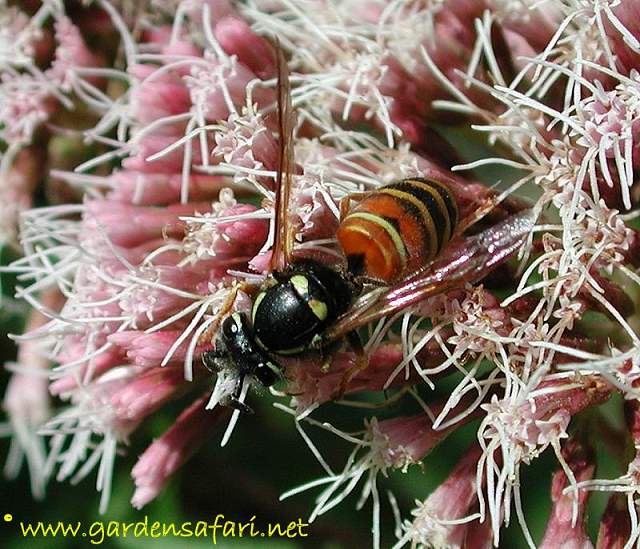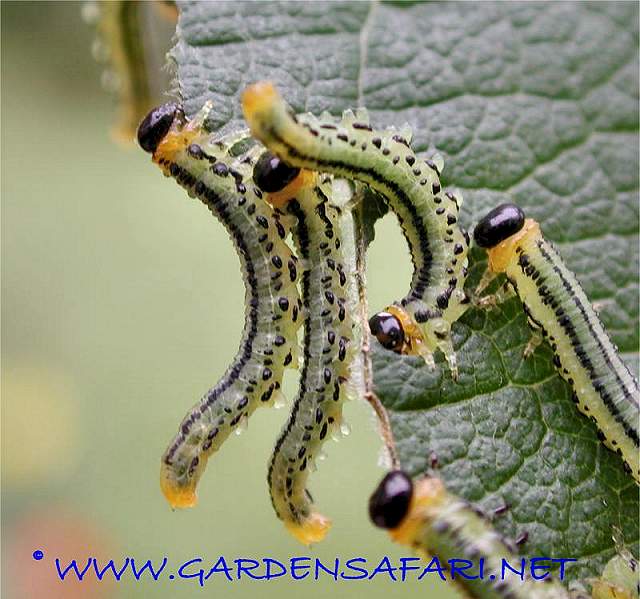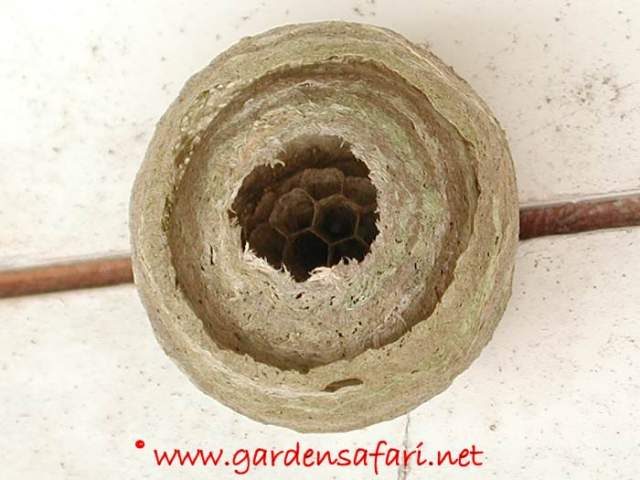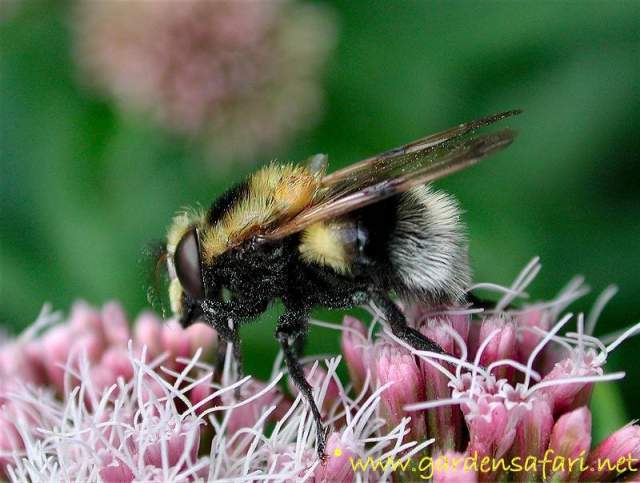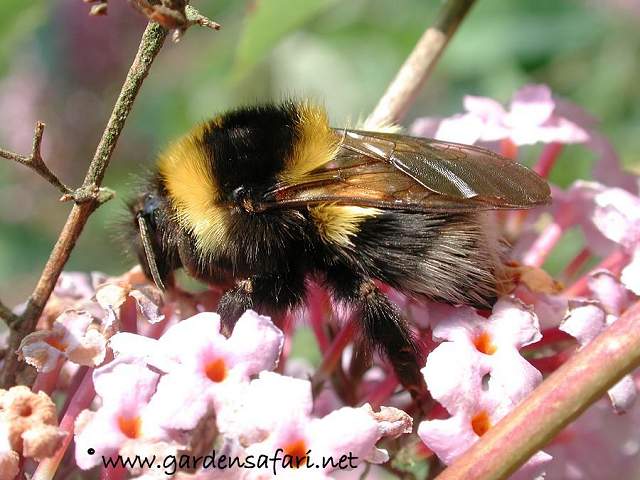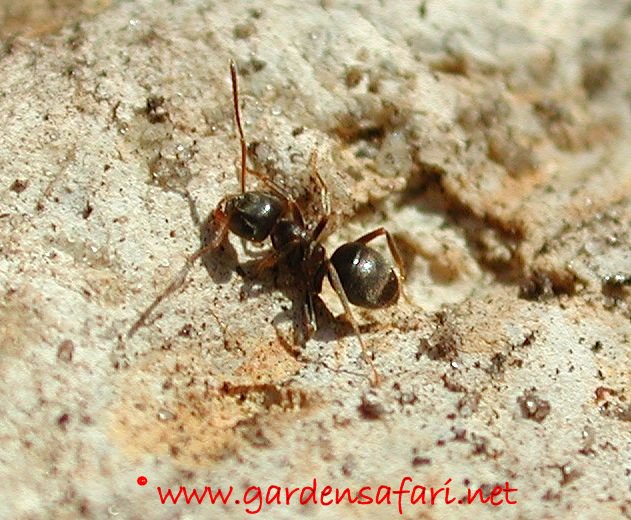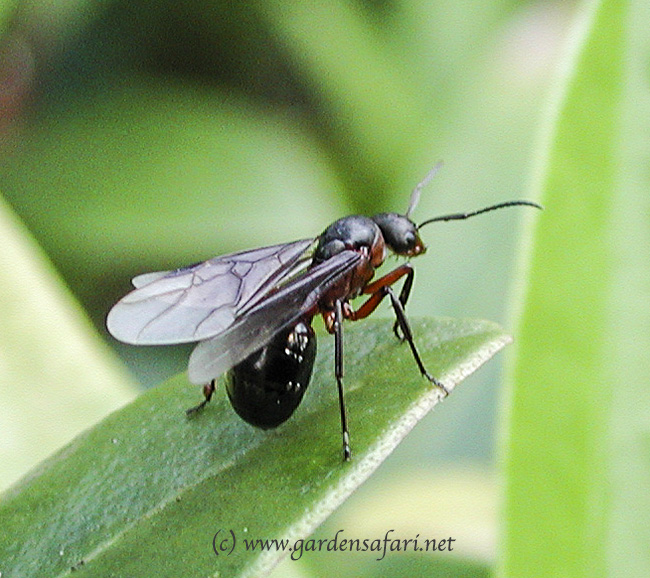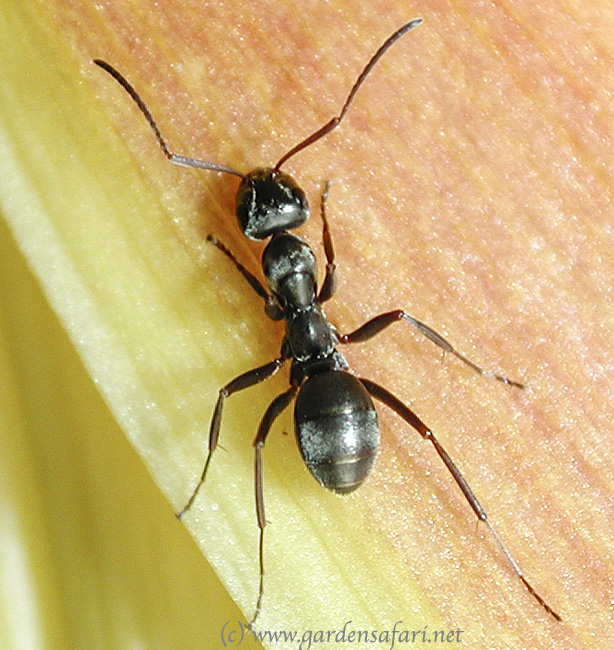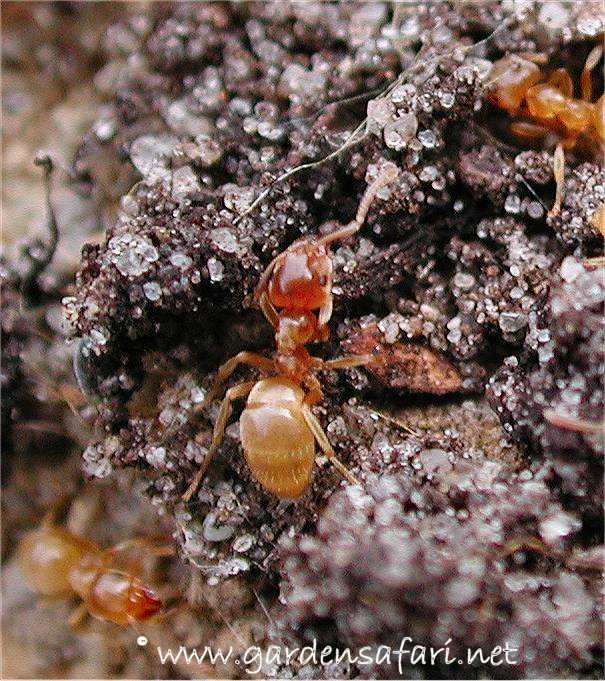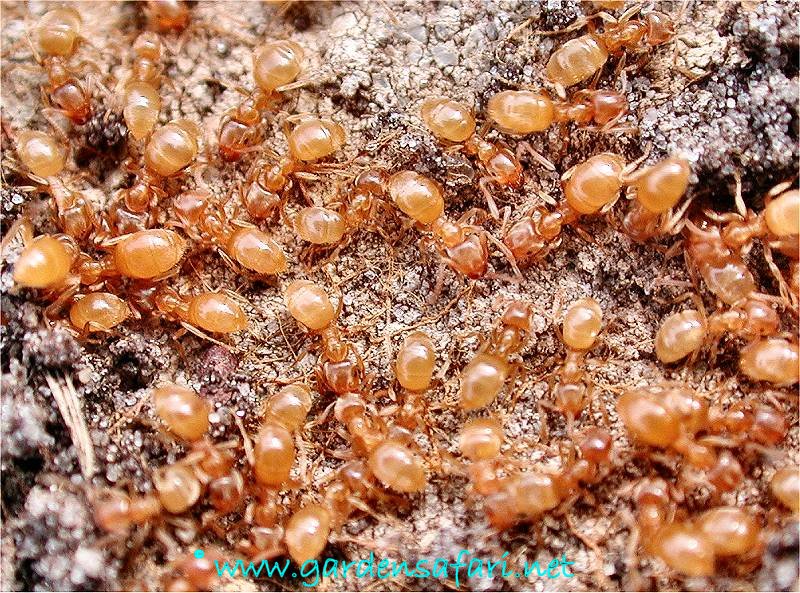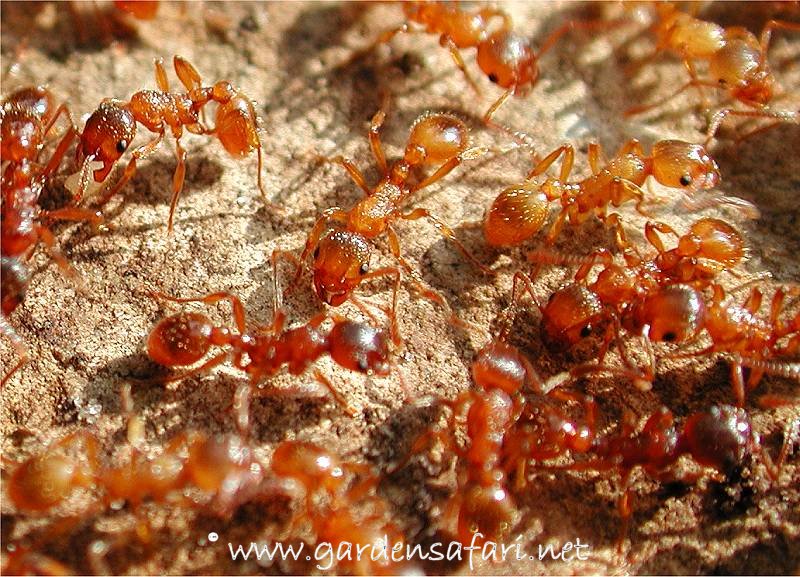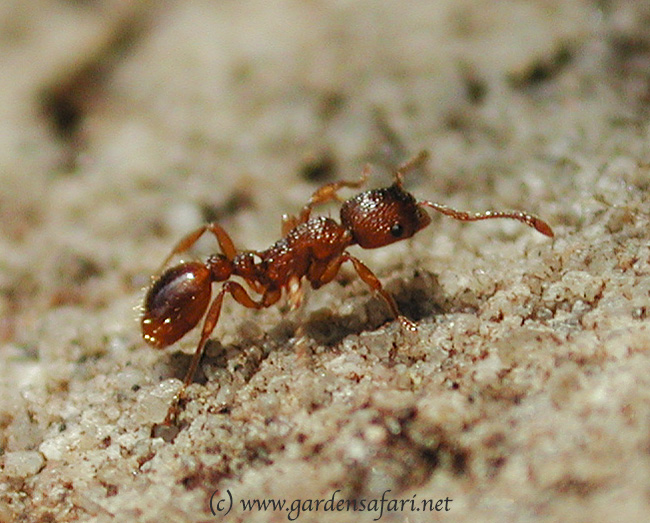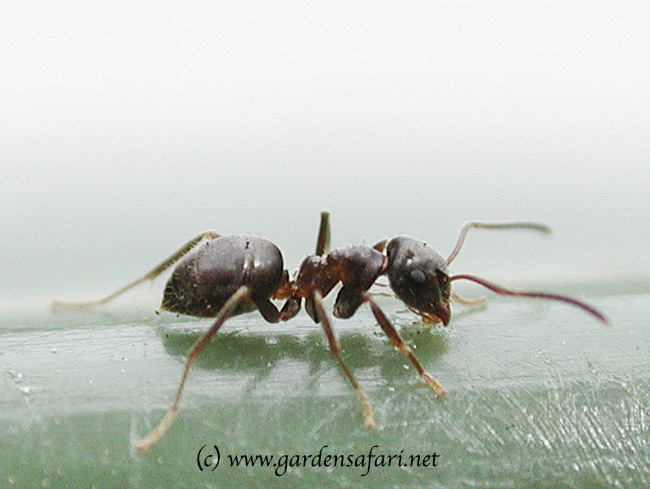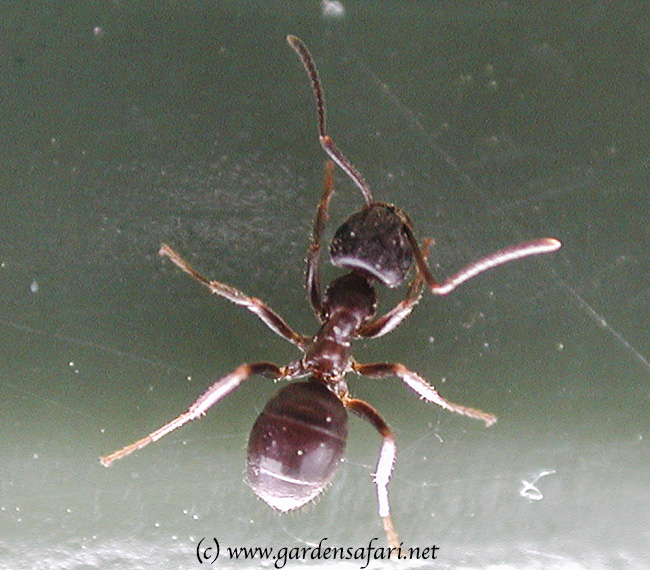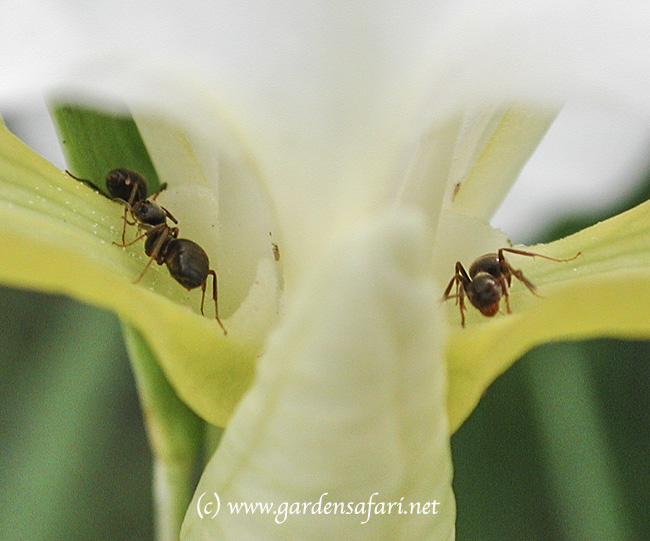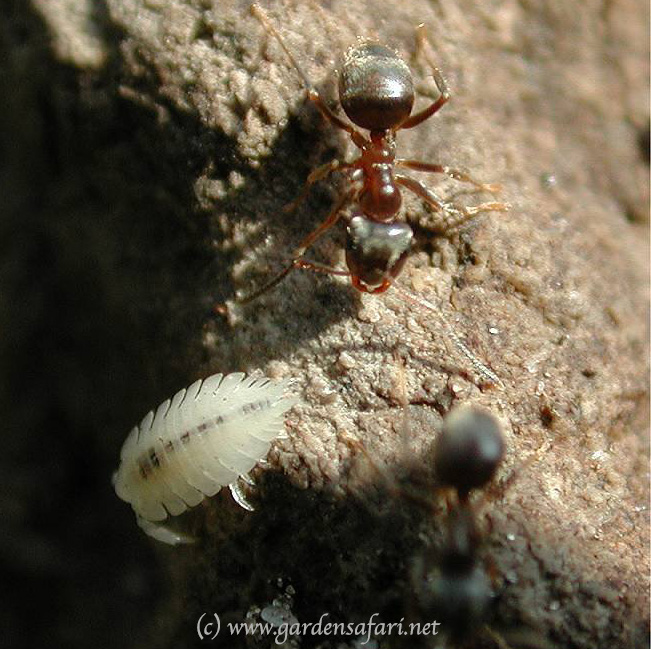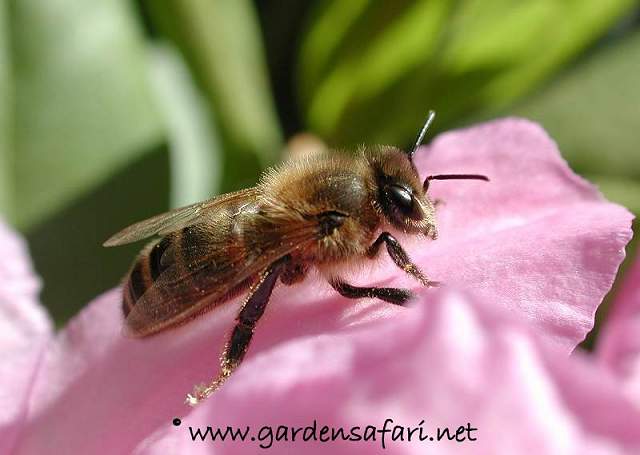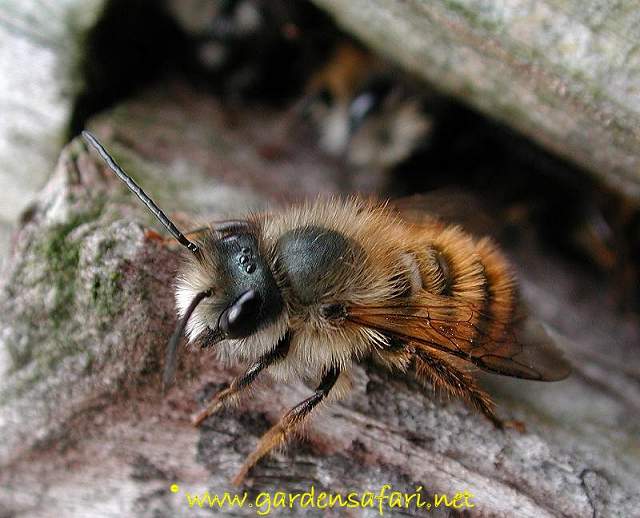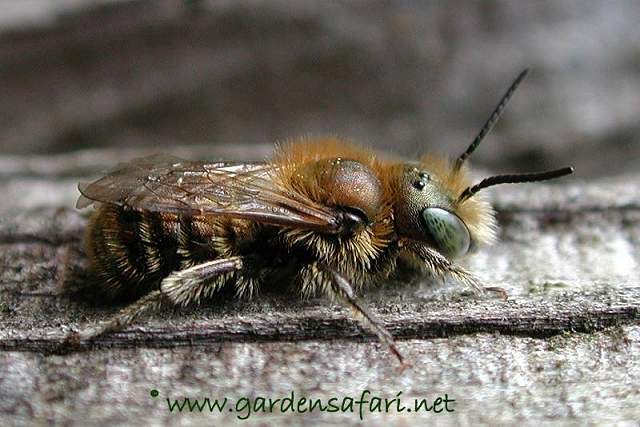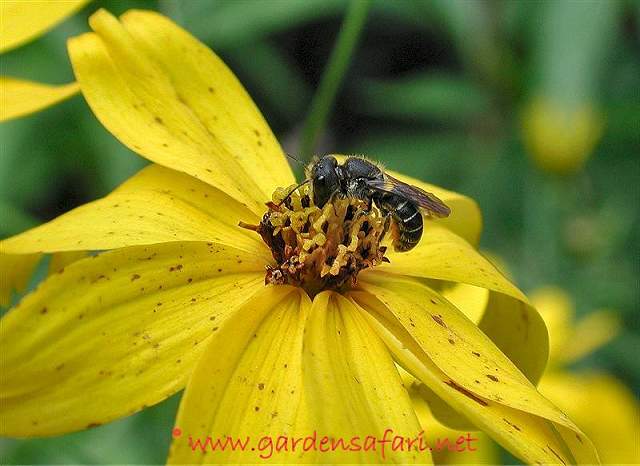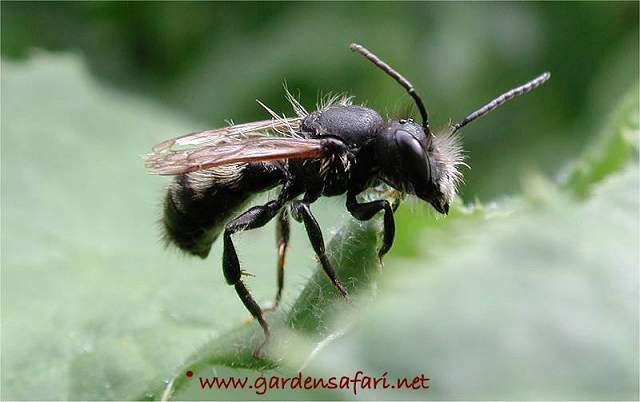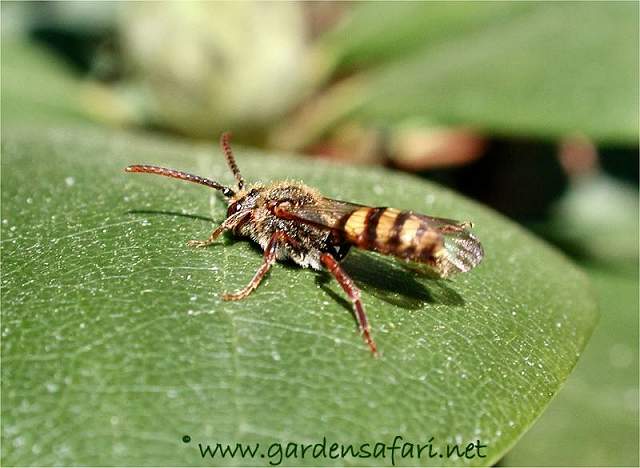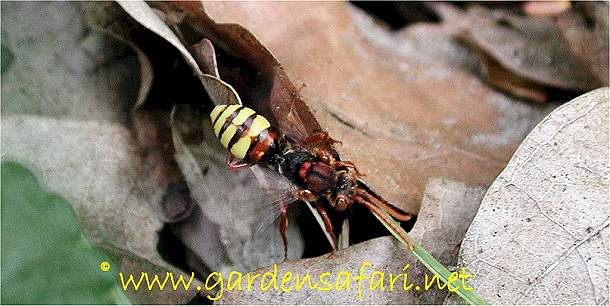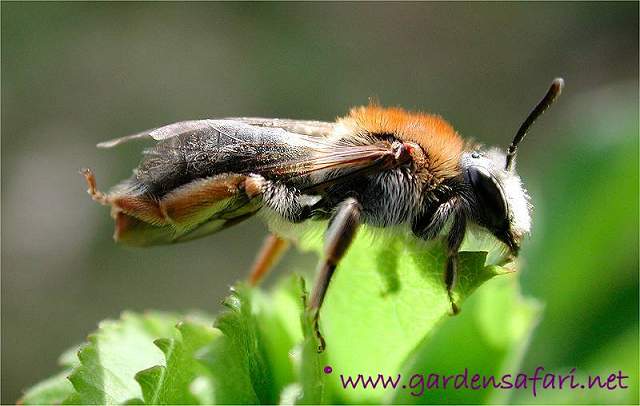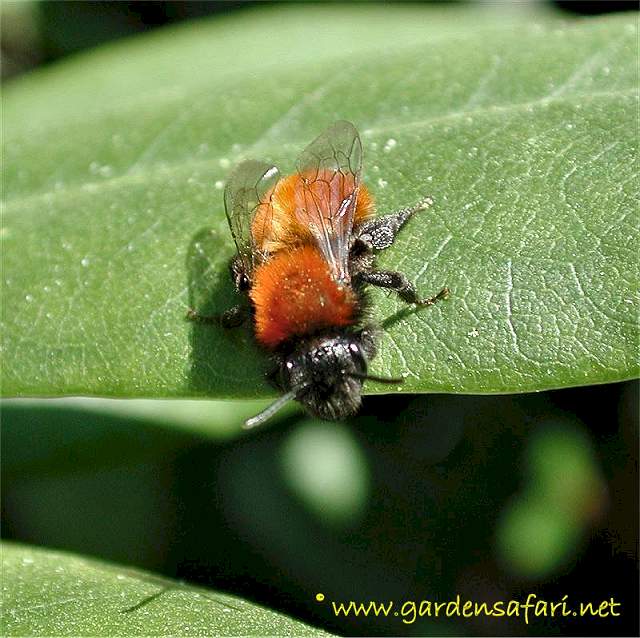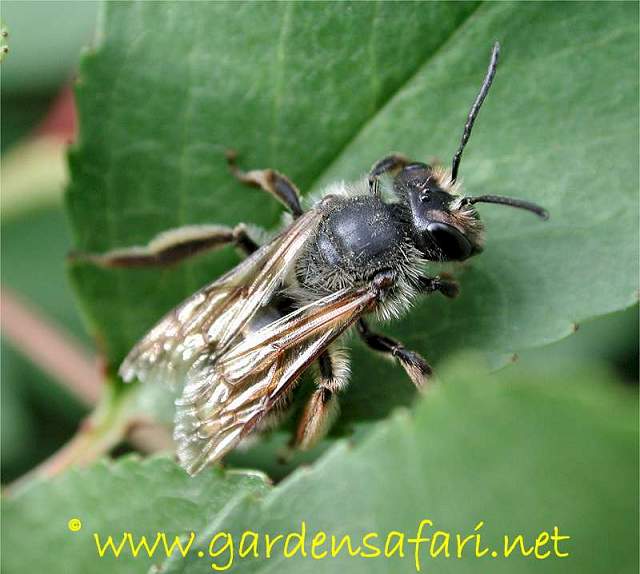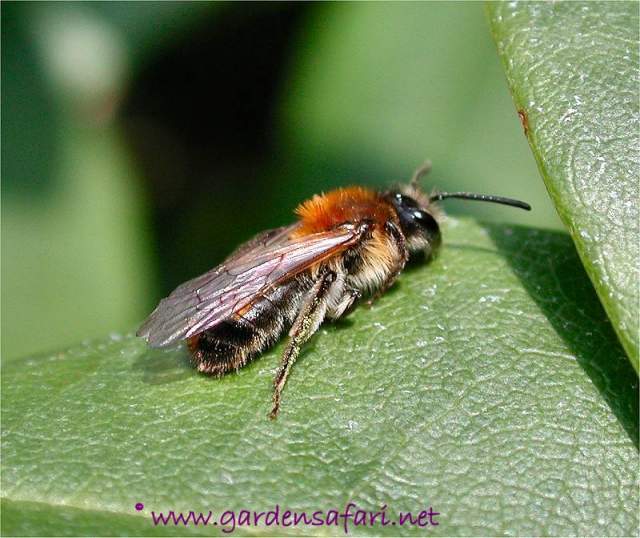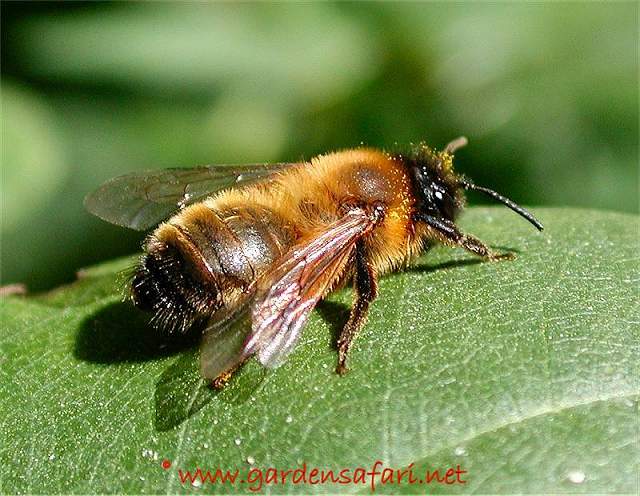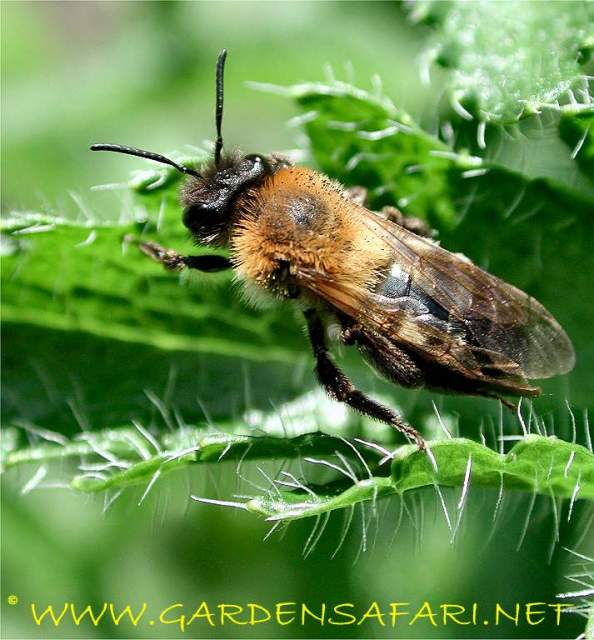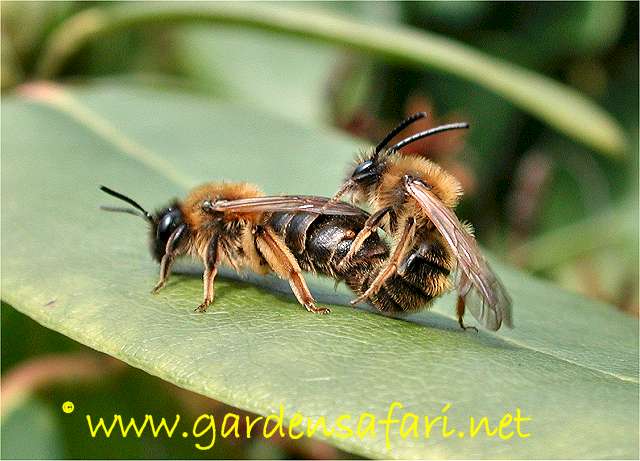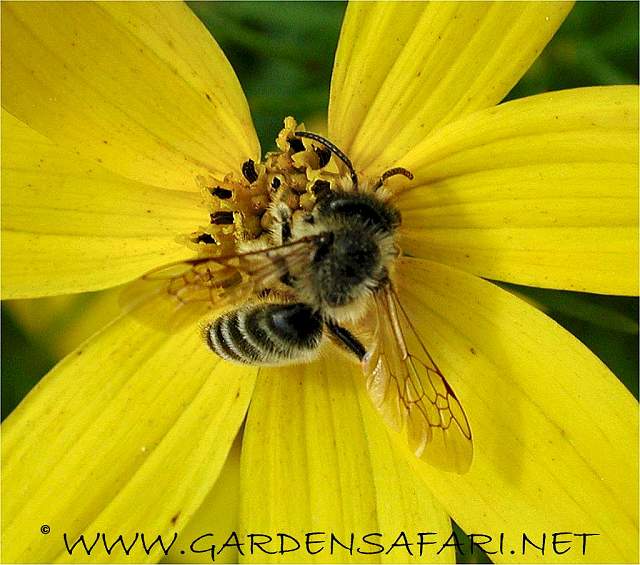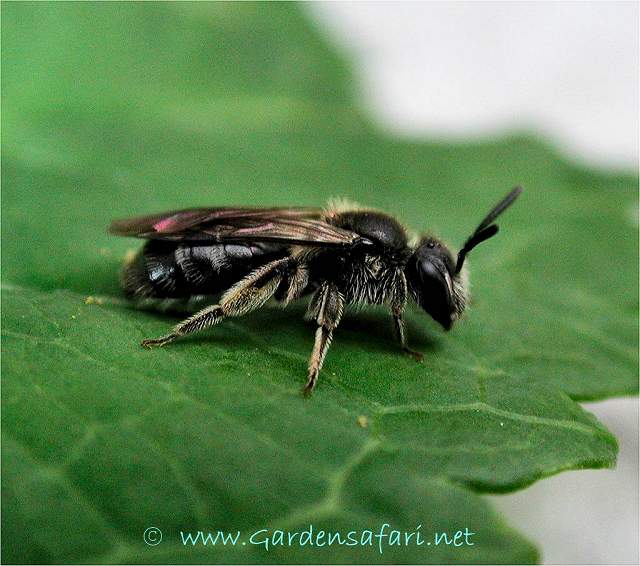Introduction to Wasps, Sawflies, Ants and Bees (Hymenoptera)
Introduction to wasplike insects (Hymenoptera)
Bees, sawflies, wasps and ants are close relatives, for they all belong to the Hymenoptera. In this group most of the insects living socially can be found. These animals live in large or small colonies. These colonies are build around a central animal, called the queen. In many cases her task is limited to laying eggs. Ants are very small and often live in the ground in huge colonies. Do not mix them up with termites. These small insects that also live in colonies, usually reside in rotting wood and are not related to ants at all. In colonies of termites we always find a king besides the queen. In ants the males live for a few hours only and are part of the swarms we sometimes see leaving the nest. After mating with a queen they die. Most hymenoptera, except for ants, are winged all their lives once adult. The difference between wasps, sawflies and ants on the one hand and bees on the other are the hairs. Bees are very hairy animals, while to the ***** eye the others are bald.
Wasps and ants, like the Cuckoo Bee to the right are hairless to the ***** eye, while Bees are hairy and Bumble Bees, like the Common Carder Bee to the right, are extremely hairy.
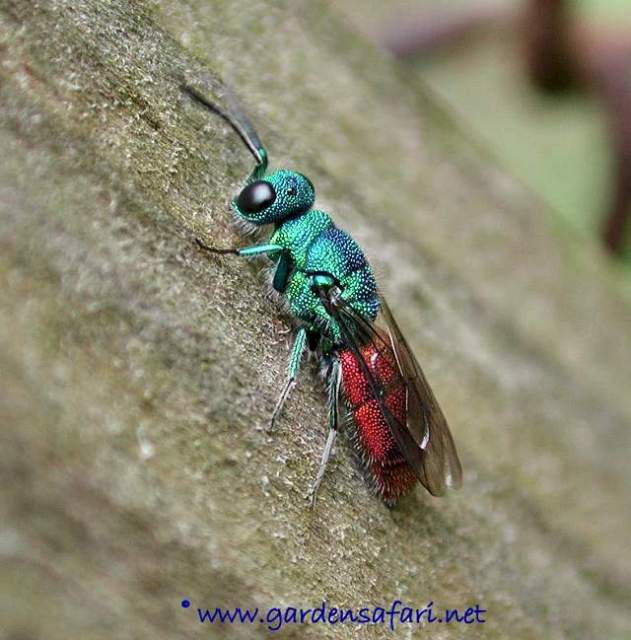
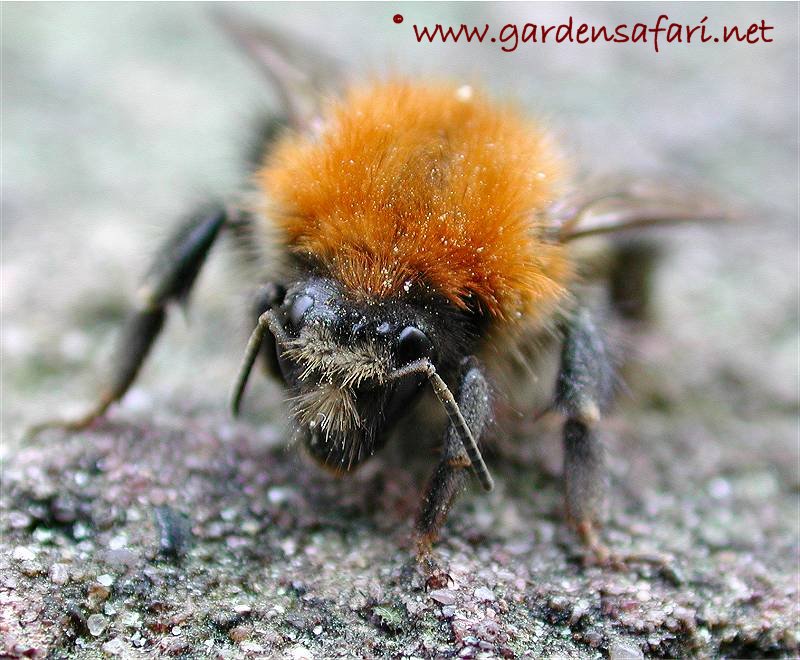
Introduction to wasplike insects (Hymenoptera)
Bees, sawflies, wasps and ants are close relatives, for they all belong to the Hymenoptera. In this group most of the insects living socially can be found. These animals live in large or small colonies. These colonies are build around a central animal, called the queen. In many cases her task is limited to laying eggs. Ants are very small and often live in the ground in huge colonies. Do not mix them up with termites. These small insects that also live in colonies, usually reside in rotting wood and are not related to ants at all. In colonies of termites we always find a king besides the queen. In ants the males live for a few hours only and are part of the swarms we sometimes see leaving the nest. After mating with a queen they die. Most hymenoptera, except for ants, are winged all their lives once adult. The difference between wasps, sawflies and ants on the one hand and bees on the other are the hairs. Bees are very hairy animals, while to the ***** eye the others are bald.
Wasps and ants, like the Cuckoo Bee to the right are hairless to the ***** eye, while Bees are hairy and Bumble Bees, like the Common Carder Bee to the right, are extremely hairy.



